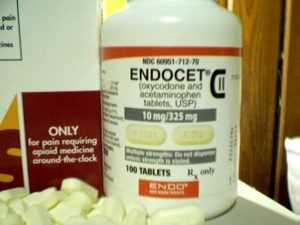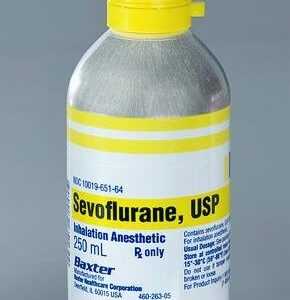Buy Prescription (with Auto Refills)
$3,500
A controlled substance prescription with auto refills refers to a prescription for a medication that is classified as a controlled substance and allows for automatic refills without the need for the patient to request them each time. This feature is more commonly associated with non-controlled substances, but some pharmacies and healthcare providers may offer it for certain controlled substances under specific circumstances.
Here’s a breakdown of how it works:
- Controlled Substance Prescription: This refers to a prescription for a medication that is categorized as a controlled substance, meaning it has a potential for ***** or dependence. Examples include opioids, certain stimulants, benzodiazepines, and some sleep medications.
- Auto Refills: Auto refills allow the pharmacy to automatically refill a prescription and dispense the medication to the patient without requiring them to request a refill each time. This is typically set up through an agreement between the patient and the pharmacy, often facilitated by enrolling in a pharmacy’s automatic refill program.
Combining these two concepts means that a patient with a prescription for a controlled substance may have the option to enroll in a program where the pharmacy automatically refills the prescription and dispenses the medication without the patient needing to request refills each time manually.
20000 in stock
Description
A controlled substance prescription is a written order from a licensed healthcare provider for medications that have a potential for ***** or dependence. These medications are categorized into different schedules based on their potential for *****, accepted medical use, and the likelihood of causing dependence. Here’s a more detailed breakdown of your questions:
- Advantages of a Controlled Substance Prescription:
- Helps regulate the distribution and use of medications with ***** potential.
- Enables healthcare providers to closely monitor patients who require these medications for legitimate medical reasons.
- Allows for tracking and reporting of controlled substance prescriptions to prevent misuse and diversion.
- Uses of a Controlled Substance Prescription:
- Pain management: Many controlled substances, such as opioid analgesics, are prescribed to relieve moderate to severe pain.
- Treatment of certain medical conditions: Controlled substances may be prescribed to manage conditions like anxiety disorders, attention deficit hyperactivity disorder (ADHD), and insomnia.
- Anesthesia: Some controlled substances are used in medical procedures for sedation or anesthesia.
- Types of Controlled Substance Prescriptions:
- Controlled substances are categorized into different schedules (Schedule I through V) based on their potential for ***** and medical use.
- Schedule I substances have a high potential for ***** and no accepted medical use, while Schedule V substances have the lowest potential for ***** and accepted medical use.
- Examples of controlled substances include opioids (e.g., oxycodone, morphine), stimulants (e.g., Adderall, Ritalin), benzodiazepines (e.g., Xanax, Valium), and certain sleep medications (e.g., Ambien, Lunesta).
- How to Get a Controlled Substance Prescription:
- Schedule an appointment with a licensed healthcare provider, such as a doctor or nurse practitioner.
- Discuss your medical condition and symptoms with the provider.
- If the provider determines that a controlled substance is necessary for your treatment, they will evaluate your medical history, conduct any necessary examinations or tests, and then issue a prescription if appropriate.
- Controlled substance prescriptions are subject to stricter regulations, including limits on the duration of validity, number of refills, and requirements for electronic prescribing in some jurisdictions.
- Who Can Issue a Controlled Substance Prescription:
- Only licensed healthcare providers who are authorized to prescribe controlled substances can issue these prescriptions.
- This typically includes physicians (MDs and DOs), nurse practitioners (NPs), physician assistants (PAs), and, in some cases, dentists and other specialized healthcare providers.
- Where Can a Controlled Substance Prescription be Used and for How Long:
- Controlled substance prescriptions can be used at pharmacies to obtain the prescribed medication.
- The duration of validity and number of refills allowed for a controlled substance prescription depend on the medication’s schedule and local regulations.
- Typically, prescriptions for Schedule II controlled substances (e.g., most opioids) have stricter regulations and may not allow for refills, while prescriptions for Schedule III-V controlled substances may allow for a limited number of refills within a specified timeframe.
Related products
-

High-Quality Stanoject in the USA
0 out of 5$88 Add to cart -

Buy A-PiHP Powder Chemical online
0 out of 5$650 – $6,900 Select options This product has multiple variants. The options may be chosen on the product page -

Carisoprodol 350mg
0 out of 5$352 Add to cart -

Sevoflurane 250ml
0 out of 5$399 Add to cart -

Finasteride 1mg
0 out of 5$1,050 – $2,100 Select options This product has multiple variants. The options may be chosen on the product page -

Buy Green Mandala Mix
0 out of 5$12 – $398 Select options This product has multiple variants. The options may be chosen on the product page

Reviews
There are no reviews yet.